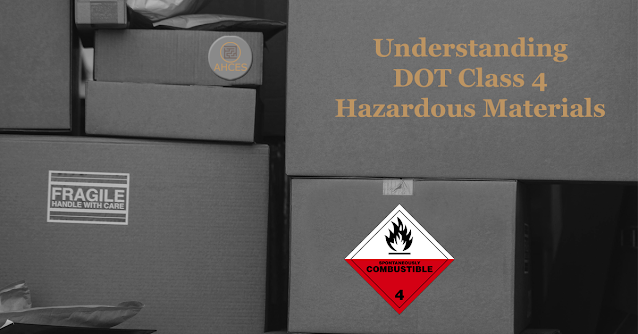Understanding DOT Class 4 Materials: Flammable Solids, Spontaneously Combustible, and Dangerous When Wet Materials

Definition of DOT Class 4: Flammable Solids, Spontaneously Combustible, and Dangerous When Wet Materials Class 4 covers flammable solids, as well as spontaneously combustible and dangerous when wet materials. The formal definition can be found at 49 CFR 173.124 . Class 4 Divisions Class 4 materials are divided into three divisions. Division 4.1 Division 4.1 materials are referred to under the name of Flammable Solids, and come in four groups. Desensitized Explosives Self-Reactive Materials, which are thermally unstable and capable of exothermic decomposition without oxygen Readily Combustible Solids Polymerizing Materials, which are liable to undergo an exothermic reaction under conditions normally found in transportation Division 4.2 Division 4.2 materials are referred to under the name of Spontaneously Combustible Material. This includes both pyrophoric material and self-heating material. Division 4.3 Division 4.3 materials are referred to under the name of Dangerous When Wet M...



